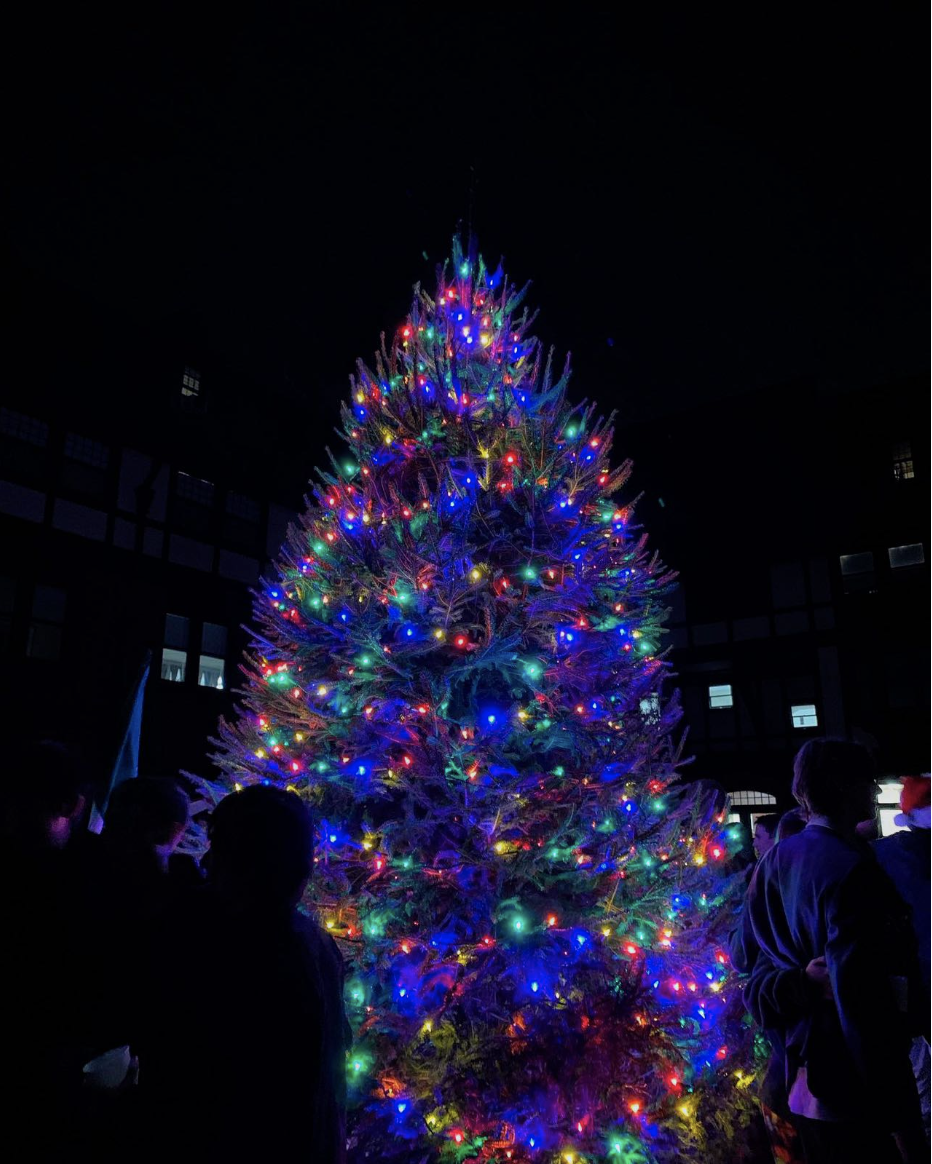By gina yang ‘24
As the world becomes painfully aware of widespread systemic racism and with social justice movements developing all over the globe, it has become increasingly clear that schools like St. Mark’s must work to establish true racial equality. While many institutions may claim to be “antiracist,” the reality is that simply claiming to oppose racism is not enough. It is necessary to actively work towards becoming an antiracist community, one that aggressively dismantles the structures and biases that perpetuate racial inequality.
To begin, St. Mark’s must acknowledge that racism exists within its community, just as it does in society at large. While some may feel uncomfortable discussing issues of race and racism, it is crucial that we engage in honest and open dialogue about these topics. This may involve creating safe spaces for BIPOC students and faculty to share their experiences and perspectives, as well as offering training and resources for all members of the community to learn about antiracism and allyship.
In addition to encouraging open dialogue, St. Mark’s must also take concrete steps to address racial inequality. This could involve hiring and promoting more BIPOC faculty and staff, reevaluating disciplinary policies to ensure that they are not disproportionately impacting students of color, and reviewing the curriculum to ensure that it is inclusive and representative of all perspectives. The St. Mark’s community, as a whole, must also address the subtle forms of racism that can exist within our community, such as micro-aggressions, stereotyping, and exclusionary behavior.
However, becoming an antiracist community requires continuous effort and a willingness to listen and adapt. St. Mark’s must be willing to critically examine its practices and policies and make changes when necessary. This may involve seeking feedback from BIPOC students and faculty and implementing restorative justice programs to address the harm caused by racism or other forms of discrimination. We must also be willing to acknowledge and address our own biases and work towards becoming better allies to BIPOC individuals.
To truly achieve racial equality at St. Mark’s, we must actively work towards dismantling the structures and biases that perpetuate racial inequality. This requires a sustained and intentional effort and a willingness to examine and challenge our own beliefs and practices. We must create a community that actively promotes diversity and inclusion and values and respects all members, regardless of their race, ethnicity, or background. By doing so, we can create a culture of antiracism at St. Mark’s that goes beyond superficial changes.









